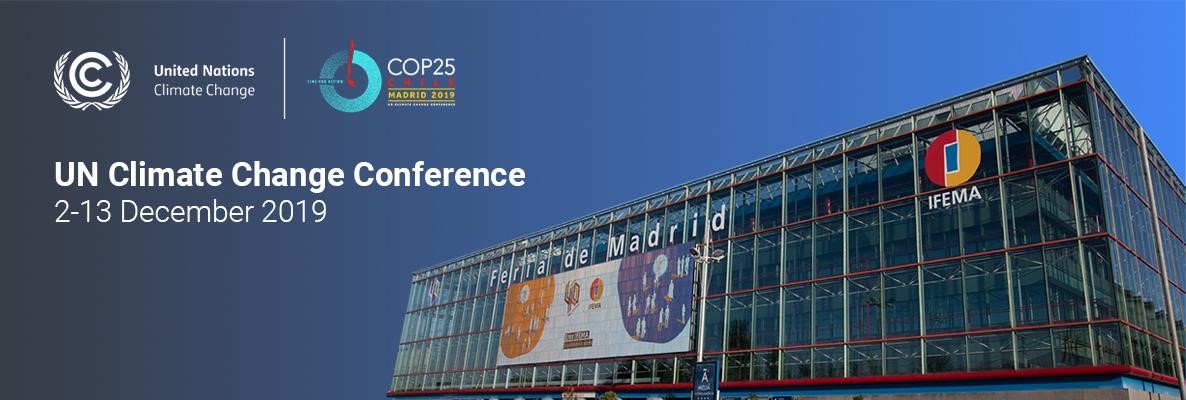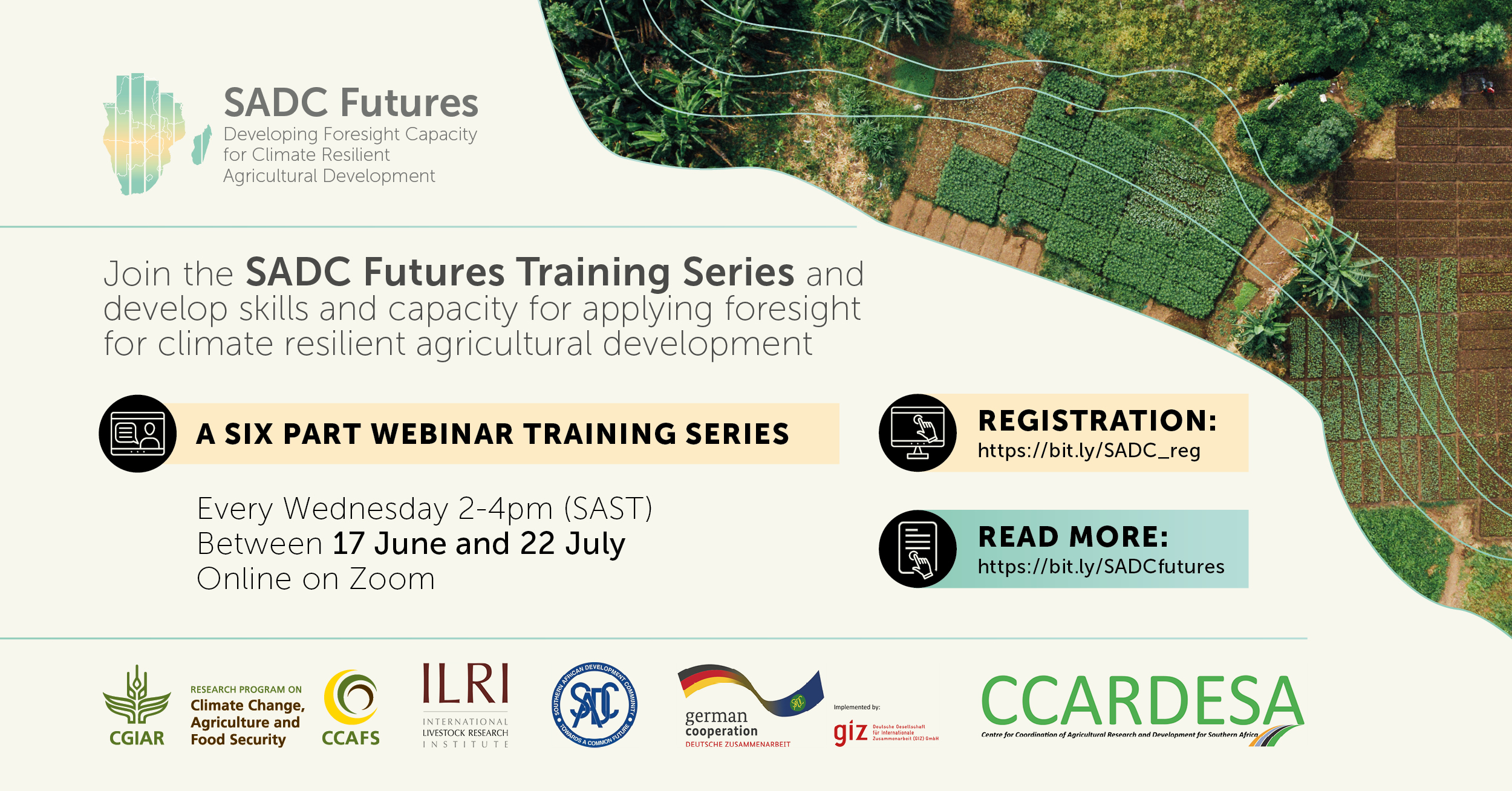The African Post harvest Losses Information System
The present report by the Joint Research Centre (MARS Unit - FoodSec action) is the result of 2 studies launched by the JRC in the frame of its scientific support to the European Food Security Thematic program, and carried out in 2008-2010 by a consortium of European and African partners:
• NRI (Natural Resources Institute, UK)
• ISICAD (Information Systems for International Cooperation in Agricultural Research andRural Development) of BLE (German Federal Office for Agriculture and Food),
• ASARECA (Association for Strengthening Agricultural Research in Eastern and Central Africa)
• and SADC (Southern African Development Community).of the European Commission’s.
NRI (Natural Resources Institute, UK), ISICAD (Information Systems for International Cooperation in Agricultural Research and Rural Development) of BLE (German Federal Office for Agriculture and Food), ASARECA (Association for Strengthening Agricultural Research in Eastern and Central Africa) and SADC (Southern African Development Community)
F. Rembold, R. Hodges, M. Bernard, H. Knipschild and O. Léo. The African Post harvest Losses Information System (APHLIS), 2011.









